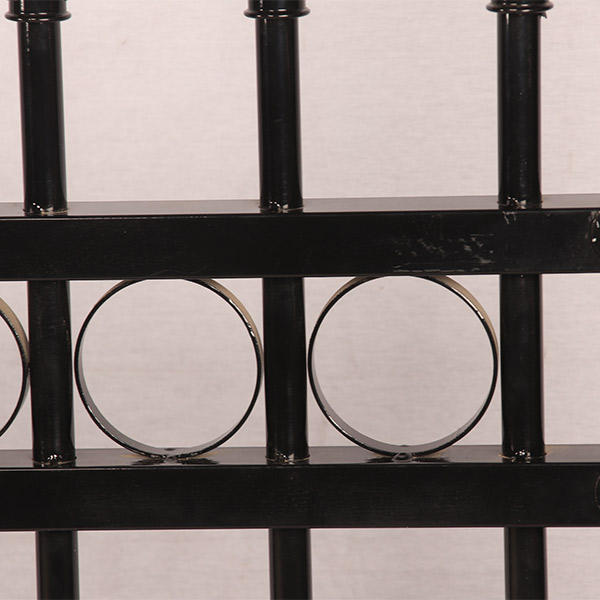Sep . 03, 2024 00:27 Back to list
galvanized steel wire manufacturer
Understanding Galvanized Steel Wire Manufacturing
Galvanized steel wire is a versatile and durable material widely used across various industries, from construction to agriculture. The process of producing galvanized steel wire involves coating steel wire with a layer of zinc, which enhances its resistance to corrosion and extends its service life. In this article, we will explore the manufacturing process, applications, and benefits of galvanized steel wire.
The manufacturing process of galvanized steel wire begins with the selection of high-quality steel wire rod. This material is drawn into finer wires through a series of stretching and shaping processes. The drawing process requires precision and skilled machinery to ensure that the wire meets specific diameter requirements. Once the desired wire gauge is achieved, it undergoes a cleaning process to remove any surface impurities, such as oil, rust, and dirt.
After cleaning, the wire is ready for galvanization. This step typically involves two main methods hot-dip galvanizing and electro-galvanizing. Hot-dip galvanizing is the most common method, where the wire is immersed in a bath of molten zinc. This coating method provides a thick layer of zinc, which significantly increases the wire's corrosion resistance. On the other hand, electro-galvanizing applies a thinner layer of zinc through an electrical process, resulting in a smoother finish but slightly less corrosion protection.
Once galvanized, the wire is subjected to additional quality control measures. This ensures that the coatings adhere properly and that the wire meets industry standards for tensile strength and flexibility. After passing these tests, the wire is ready for packaging and distribution. Typically, manufacturers roll the wire into coils for easy handling and transport.
galvanized steel wire manufacturer

Galvanized steel wire has numerous applications across various sectors. In construction, it is commonly used for reinforcing concrete, as it can withstand heavy loads and harsh environmental conditions. In agricultural settings, it serves as fencing material, helping to contain livestock and protect crops. In manufacturing, galvanized wire is often used in the production of mesh, baling, and tying applications.
One of the most significant benefits of galvanized steel wire is its exceptional resistance to rust and corrosion. This durability translates into a longer lifespan, making it a cost-effective choice in the long run. Additionally, the zinc coating provides a protective barrier that not only enhances the wire's performance but also minimizes maintenance costs.
Moreover, galvanized steel wire is environmentally friendly. Zinc is a natural element, and the galvanization process does not introduce harmful substances into the environment. As such, using galvanized products supports sustainable practices in various industries.
In conclusion, galvanized steel wire is a critical component in numerous applications due to its durability, cost-effectiveness, and resistance to corrosion. Understanding the manufacturing process and its various uses can aid businesses in making informed decisions when sourcing materials. As the demand for high-quality galvanized steel wire continues to grow, manufacturers are adopting innovative techniques to ensure product excellence, contributing to a more resilient infrastructure and economy.
-
High-Quality Steel Grating Solutions for Industrial Applications | Durable, Safety, Customization
NewsJul.13,2025
-
Advanced Solutions-CompanyX|Enterprise Efficiency&Cost Reduction
NewsJul.13,2025
-
Sustainable Manufacturing-EcoTech Innovations|Waste-to-Energy System&Zero Emissions
NewsJul.13,2025
-
Welded Wire Mesh- Buildings Wiremesh Co., Ltd.|Durable Construction Material&Industrial Strength Solution
NewsJul.13,2025
-
Smart Production Solutions-Example Corp|AI Automation&IoT Monitoring
NewsJul.13,2025
-
Advanced Industrial Solutions-Advanced Industrial Solutions|Manufacturing Efficiency&Productivity
NewsJul.13,2025

